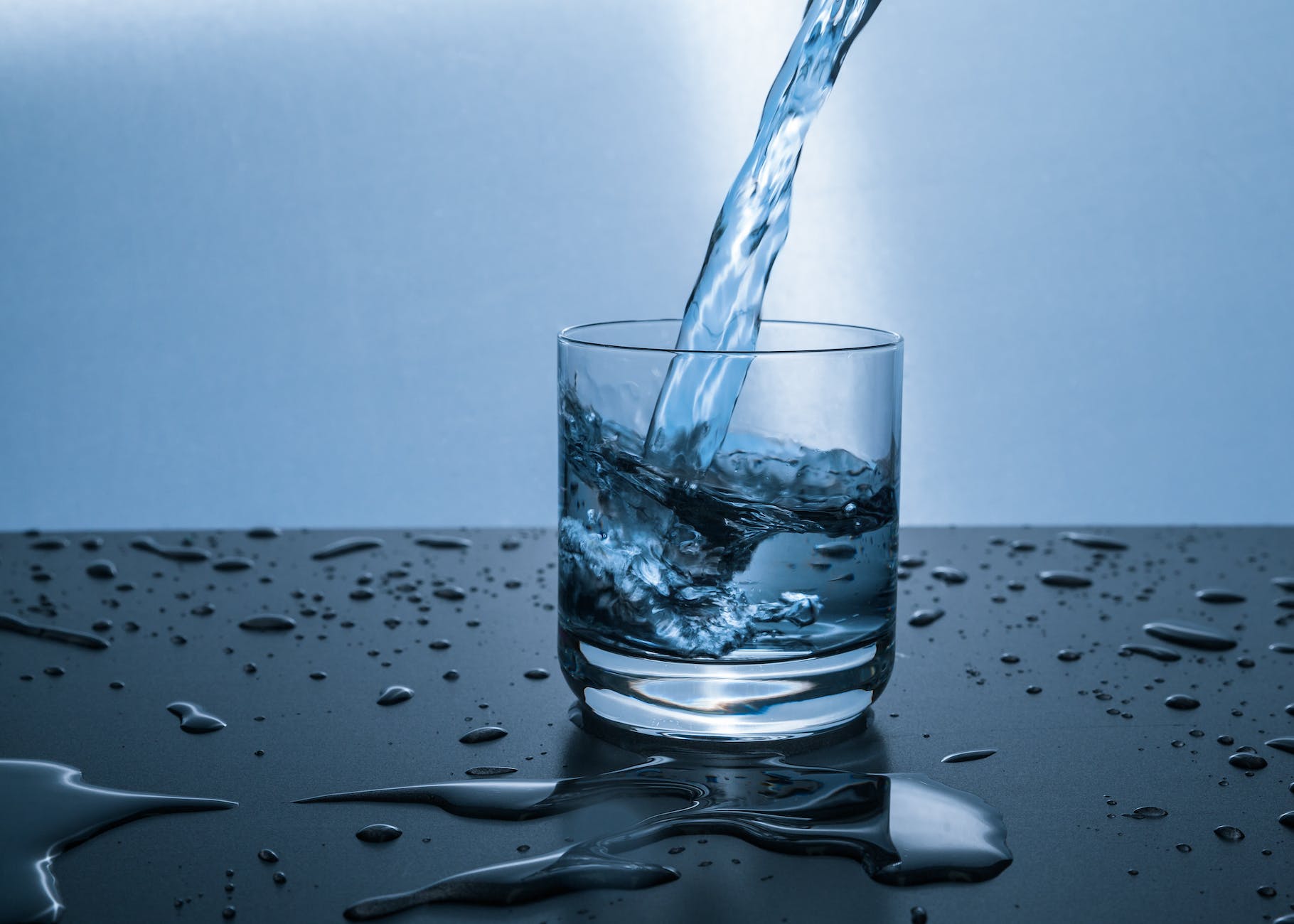Clean and safe water is a fundamental necessity for life. The same water essential for our survival can directly affect and pose a risk to our health and well-being if it is contaminated with harmful substances or disease-causing germs. Michigan Water Filtration technology is crucial in today’s world.
This is exactly where a sound water filtration system comes in handy to purify water and handle various water quality challenges.
However, Michigan has long-faced challenges regarding water quality, notably highlighted by the Flint water crisis. This crisis, along with continued concerns about water pollution across the state, has highlighted the urgent need for advanced water filtration technology.
Thus, in this article, we will discuss different advanced water filtration technologies and explore their critical role in ensuring access to clean water in Michigan.
Table of Contents
The Need for Advanced Water Filtration in Michigan

In recent years, Michigan’s water quality concerns have raised serious health and environmental implications. The Flint water crisis, where lead and possibly Legionella bacteria contamination affected the city’s drinking water supply, highlighted the vulnerability of water systems.
Additionally, ongoing pollution issues from microplastic pollution to PFAS contamination around the state, failing septic systems and erosion, and algae blooms in Lake Erie threaten the water sources of Michigan.
These issues have serious health and environmental implications, emphasizing the need for reliable and efficient water filtration solutions. And when it comes to water filtration systems, it’s essential to understand how effective water filters operate.
That being said, here are some efficient water filtration technologies that you can consider for having clean, safe, and pure drinking water in Michigan.
Lessons Learned From the Flint Water Crisis in 2014

The Flint Water Crisis, a public health disaster in Flint, Michigan, began in 2014 when the city switched its water supply from the Detroit Water and Sewerage Department (sourced from Lake Huron and the Detroit River) to the Flint River as a cost-saving measure. This switch led to a series of water quality, health, and political issues, primarily due to insufficient water treatment.
Key Events and Issues:
- Corrosive Water: The water from the Flint River was more corrosive than the previous supply. This corrosiveness was not adequately addressed, causing lead from aging pipes to leach into the water supply.
- Health Hazards: Elevated levels of lead were found in the blood of many Flint residents, including children, leading to serious health concerns. Lead exposure can have severe effects, especially on children, impacting brain development and causing other health issues.
- Government Response and Public Outcry: The crisis prompted widespread criticism of local, state, and federal officials for their slow and inadequate response. It also highlighted broader issues of aging infrastructure and environmental injustice.
- Emergency Declarations: In January 2016, the situation was declared a state of emergency by the Michigan Governor and President Obama. This declaration helped mobilize federal and state resources for addressing the crisis.
American Red Cross Involvement: In response to the crisis, various organizations stepped in to provide aid to the affected residents. The American Red Cross played a significant role in this effort. Their involvement primarily included:
- Distribution of Water and Supplies: The American Red Cross, along with other organizations and volunteers, distributed bottled water, water filters, and test kits to Flint residents. This distribution was crucial in providing immediate relief to families who could no longer use their tap water for drinking, cooking, or bathing.
- Educational Outreach: They also engaged in educational outreach to inform residents about the importance of using filtered or bottled water and how to effectively use water filters.
- Collaboration with Other Agencies: The American Red Cross worked in coordination with local, state, and federal agencies to ensure a cohesive and effective response to the crisis.
- Long-term Support and Monitoring: Apart from immediate relief, organizations like the Red Cross also played a role in long-term support efforts, monitoring the situation, and helping communities recover and rebuild trust in their water supply.
The Flint Water Crisis highlighted the critical importance of maintaining safe and reliable public water systems and the need for prompt, coordinated response efforts in times of public health emergencies. It also underscored the significant role played by humanitarian organizations like the American Red Cross in disaster response and community support.
Reverse Osmosis Systems
Reverse osmosis (RO) is a water purification process that uses a semi-permeable membrane to separate water molecules from other substances. RO can remove dissolved or suspended chemical species and biological substances, such as bacteria. This water filtration system is highly suitable for drinking water production, domestic use, and industrial processes.
Compared to traditional water filtration methods, RO has several advantages. It can remove up to 99% of contaminants from water, including ions, dissolved solids, and heavy metals.
Traditional water filtration methods often rely on a mix of physical and chemical procedures to eliminate impurities from water.
Shell Water Systems’ tankless reverse osmosis is a prime example of this technology. It offers a compact, space-saving design, ensuring a continuous supply of filtered water while being energy-efficient and cost-effective.
This Shell Water Systems’ advanced under-sink tankless RO filter system is designed to efficiently purify city water by utilizing the current water pressure. This system features a leak sensor and an internal pump that guarantees quick water flow. Impressively, it can fill a 330ml cup with fresh RO water in just around 10 seconds.

Nanotechnology
Nanotechnology involves incredibly tiny structures that hold significant potential in purifying drinking water, primarily through various applications such as silver, copper, and zero-valent iron nanoparticles, nanostructured photocatalysts, nano-membranes, and nano adsorbents. These innovative applications contribute to enhancing water purification and treatment methods.
Nanofilters are usually considered more efficient, modular, and cost-effective, and also need less water pressure to operate than conventional filtration systems. Despite having much smaller pores than regular filters, they maintain a similar or even quicker flow rate. Additionally, they can be enhanced with chlorine dioxide to further disinfect the water.
By utilizing nanotechnology, it’s possible to create ultra-thin sheets containing minuscule holes, only a billionth of a meter thick. These holes can effectively prevent salt particles from passing through while allowing water molecules to filter.
Alkaline Filter Systems
Alkaline water, known for promoting a neutral pH level, offers a refreshing taste, and it has a high pH level ranging from 8 to 9.5. Unlike the acidic nature of most diets, which range from 3.3 to 5, alkaline water helps restore the body’s natural balance.
Alkaline water filters use a process called electrolysis to create two distinct streams: one acidic and the other alkaline. This method aims to enhance vitality and mineral content, ensuring better hydration. They filter out common drinking water contaminants and then use an alkaline filter to introduce healthy minerals into the water. It’s often favored for its pleasant taste and perceived sweetness due to mineral hydrates.
However, some Alkaline filter systems use forced electromagnetic ionization, which may not be natural. Therefore, it’s recommended to seek advice from a water expert before buying an alkaline filter system.

Final Thoughts About Michigan Water Filtration
The water quality challenges in Michigan highlight the importance of reliable and efficient water filtration solutions.
To ensure a reliable and continuous supply of fresh water, consider investing in a reliable filtration system that can provide both health and environmental benefits to you.
These water filtration systems offer a safe and technologically advanced solution in Michigan, where the quest for clean water is vital. Embracing such innovative solutions is key to addressing the water quality challenges in Michigan and ensuring a safer, healthier future.




